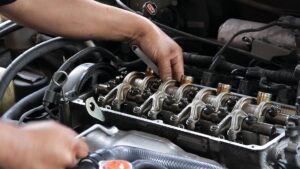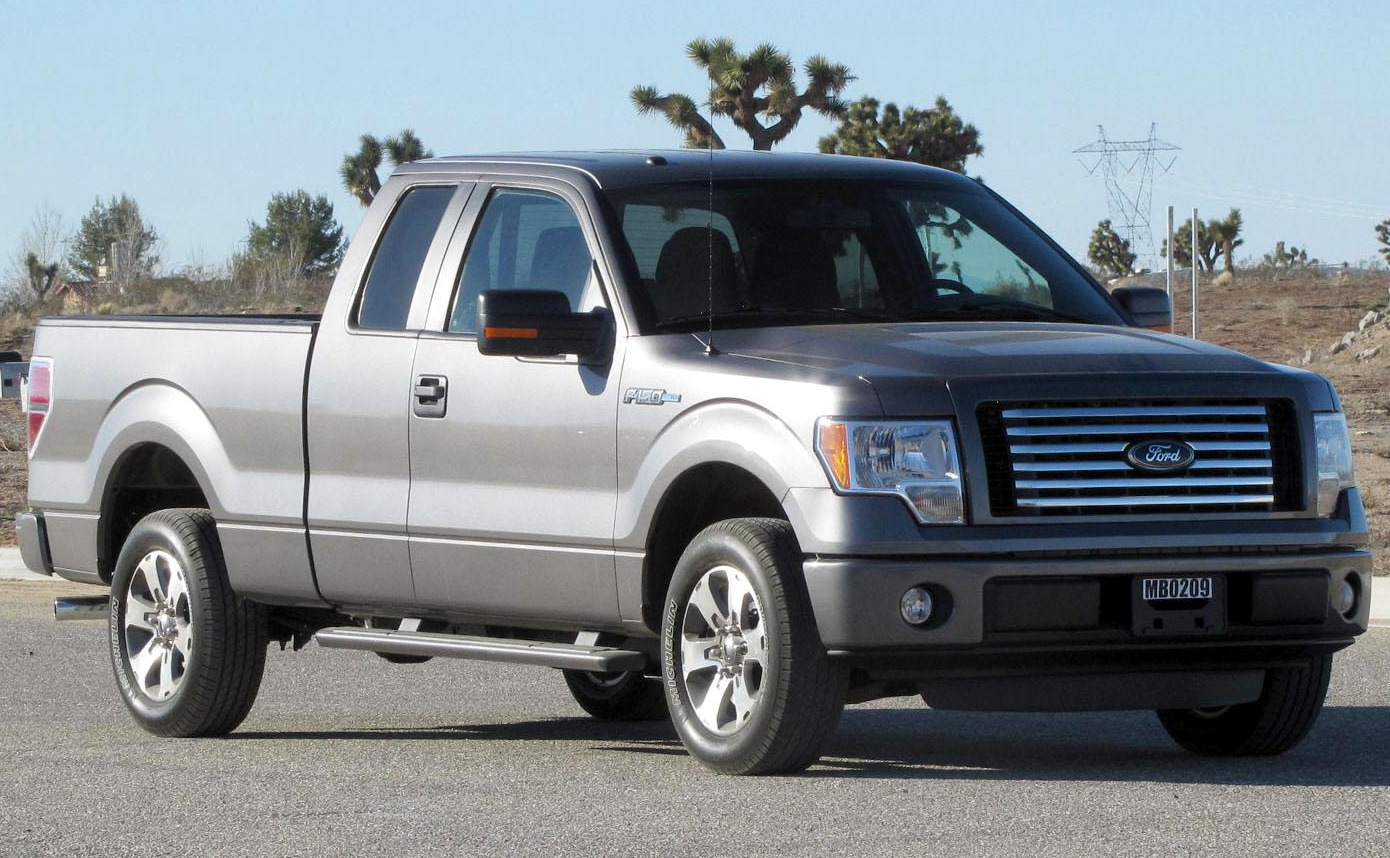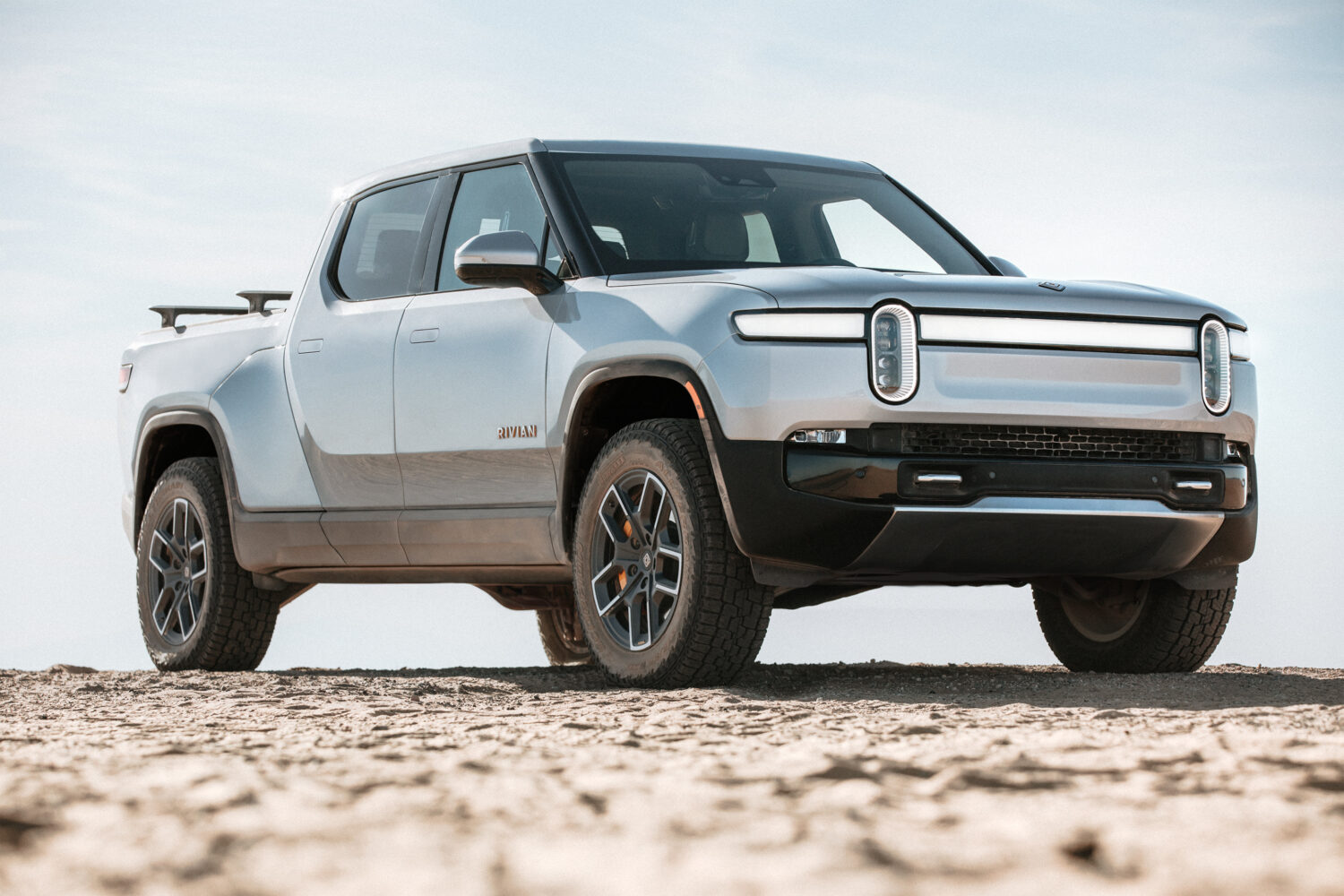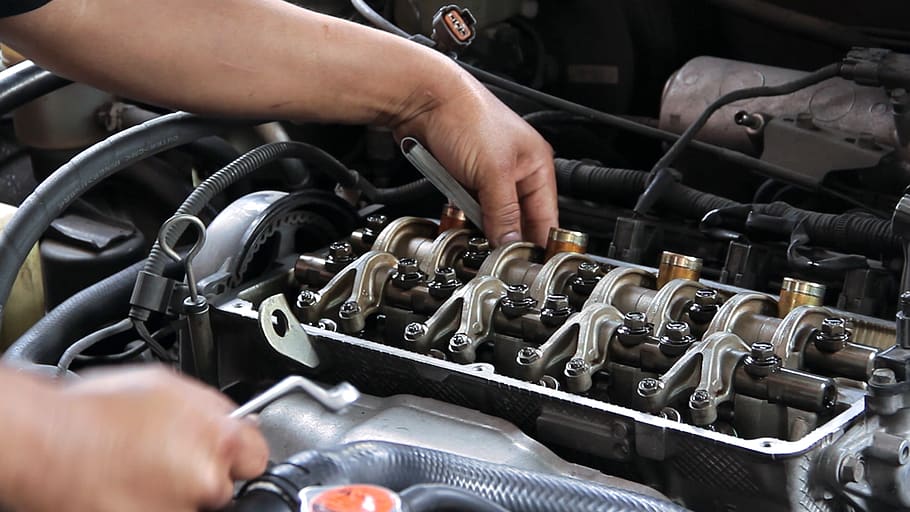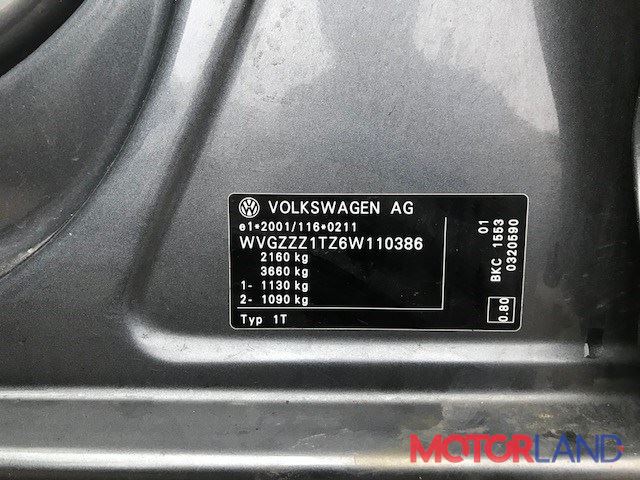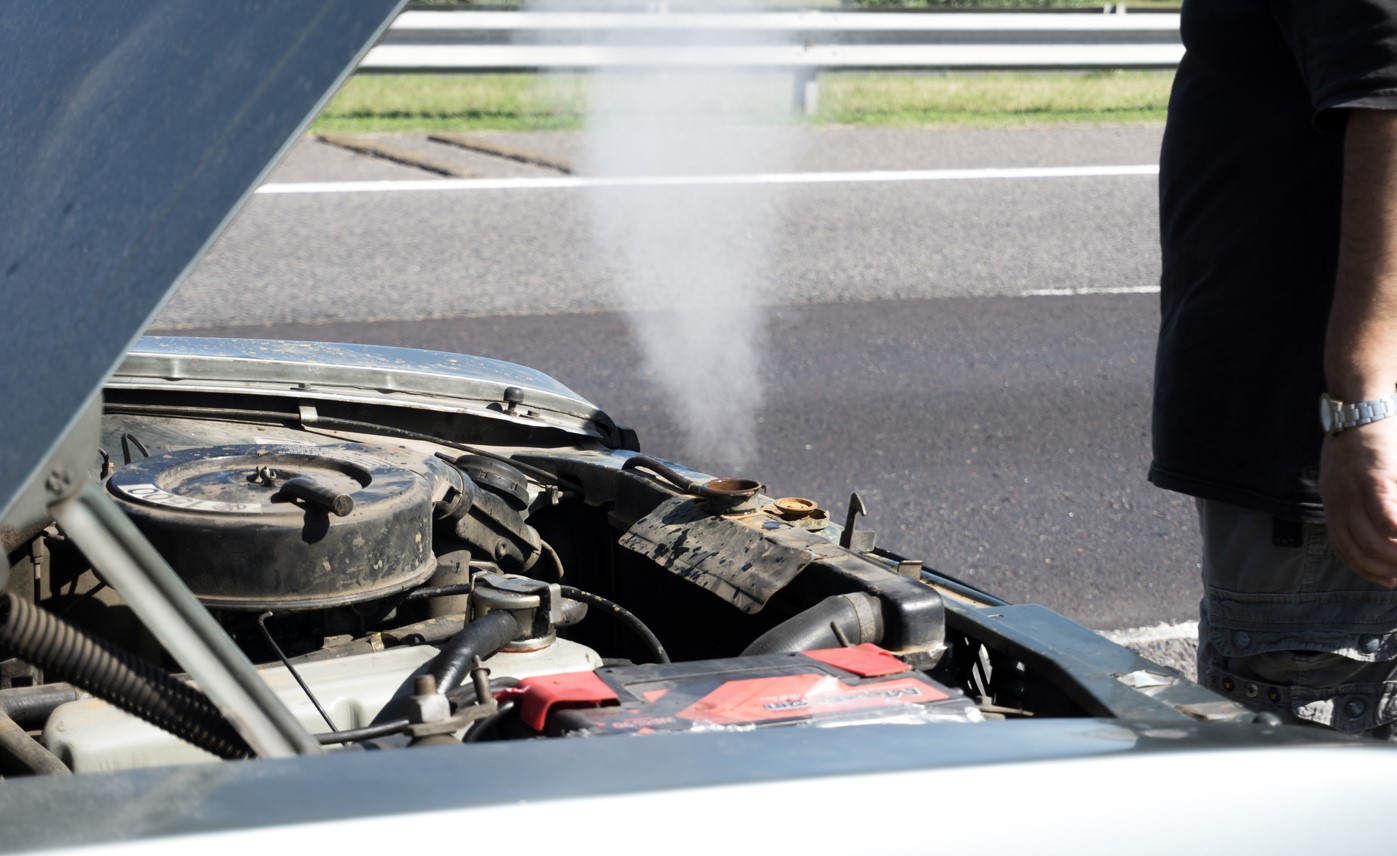Alright, gearheads, speed freaks, and tuners! Let’s talk tires. You’ve spent countless hours (and dollars!) tweaking your ride, chasing that perfect lap time. But are you really maximizing your car’s potential if you’re still rocking those all-seasons? Choosing the right tires for track days is absolutely crucial, and it’s a decision that goes way beyond just slapping on the stickiest rubber you can find. Ever wondered why some guys are carving corners while you’re fighting for grip? Or maybe you’re burning through tires faster than you can say “apex”? This guide is your roadmap to tire nirvana, cutting through the jargon and getting you dialed in for optimal performance. We’ll cover everything from compound selection to tire pressures, ensuring you’re not leaving any precious seconds on the track.
Key Takeaways:
- Understand Tire Compounds: Learn the difference between various tire compounds (street, R-compound, slicks) and how they affect grip, wear, and performance in different conditions.
- Master Tire Sizing and Fitment: Ensure your chosen tires are the correct size for your wheels and vehicle, considering factors like width, aspect ratio, and load rating.
- Optimize Tire Pressures: Discover how to adjust tire pressures for optimal grip and handling, taking into account track conditions, tire temperature, and driving style.
- Consider Track Conditions and Weather: Select tires that are appropriate for the specific track surface and weather conditions you’ll be encountering.
- Prioritize Safety and Longevity: Balance performance with safety and tire longevity, choosing tires that are durable and reliable for your track day needs.
Understanding the Basics of How to Choose the Right Tires for Track Days
Think of your tires as the crucial link between your finely tuned machine and the asphalt. They’re not just round, black things! They’re complex pieces of engineering designed to provide grip, stability, and responsiveness. Let’s break down some key terms:
- Compound: This refers to the rubber mixture used in the tire. Softer compounds offer more grip but wear faster. Harder compounds last longer but provide less grip. Imagine it like this: a soft gummy bear (soft compound) sticks better but disappears quickly, while a hard candy (hard compound) lasts longer but doesn’t stick as well.
- Tread Pattern: The grooves and channels on the tire’s surface. These are designed to evacuate water and improve grip in wet conditions. Track-focused tires often have minimal or no tread, maximizing contact with the road in dry conditions.
- Sidewall: The side of the tire. The sidewall stiffness affects handling and responsiveness. A stiffer sidewall provides more precise steering but can make the ride harsher.
- Tire Size: Expressed as a series of numbers (e.g., 205/55R16). The first number (205) is the tire width in millimeters, the second number (55) is the aspect ratio (sidewall height as a percentage of the width), and the third number (16) is the wheel diameter in inches.
Importance and Implications
Why does all this tire stuff matter? Simple: the right tires can transform your track day experience. They can:
- Improve Lap Times: More grip equals faster cornering speeds and quicker acceleration.
- Enhance Handling: The right tires provide better steering response and stability, giving you more confidence behind the wheel.
- Increase Safety: Proper tires reduce the risk of losing control, especially in challenging conditions.
- Reduce Tire Wear: Choosing the right compound and maintaining proper tire pressures can extend the life of your tires.
- Maximize Your Car’s Potential: All those engine mods and suspension upgrades won’t matter if your tires can’t put the power down.
Ignoring tire selection can lead to:
- Poor Handling: Understeer, oversteer, and general lack of control.
- Excessive Tire Wear: Burning through tires quickly, costing you money and track time.
- Slower Lap Times: Not being able to fully utilize your car’s performance potential.
- Increased Risk of Accidents: Losing control due to inadequate grip.
Practical Applications or Strategies
Okay, let’s get practical. Here’s how to choose the right tires for your next track day:
- Assess Your Needs: What kind of car do you have? What’s your driving style? What are the track conditions like? Are you a beginner or an experienced driver?
- Research Tire Options: Read reviews, talk to other track day enthusiasts, and consult with tire experts. Consider brands like Michelin, Pirelli, Bridgestone, and Yokohama, known for their performance tires.
- Choose the Right Compound: For dry track days, R-compound tires or even slicks are ideal. For wet conditions, consider tires with a more aggressive tread pattern.
- Select the Correct Size: Consult your car’s owner’s manual or a tire size calculator to determine the appropriate tire size for your wheels. Pay attention to load ratings and speed ratings.
- Invest in a Tire Pressure Gauge: Accurate tire pressure is crucial for optimal performance. Check your tire pressures before and after each session, and adjust as needed.
- Monitor Tire Temperatures: Use a pyrometer to measure tire temperatures across the tread. This will help you fine-tune your tire pressures for even wear and maximum grip.
- Don’t Be Afraid to Experiment: Try different tire pressures and compounds to find what works best for your car and driving style.
Common Pitfalls to Avoid:
- Overinflating Tires: This reduces grip and can cause the center of the tire to wear prematurely.
- Underinflating Tires: This can cause excessive heat buildup and damage the tire.
- Using Street Tires on the Track: Street tires are not designed for the extreme demands of track driving and can overheat and lose grip quickly.
- Ignoring Tire Wear: Regularly inspect your tires for signs of wear and tear, and replace them when necessary.
Expert Insights or Case Studies
Let’s hear from the pros. Many professional race teams rely on sophisticated tire data analysis to optimize performance. They use sensors to monitor tire temperatures, pressures, and slip angles in real-time, allowing them to make precise adjustments to their car’s setup. While you may not have access to that level of technology, you can still learn from their approach.
Case Study: Porsche 911 Track Setup
Consider a Porsche 911, a popular choice for track days. A common setup involves using R-compound tires with a slightly wider front tire than rear tire. This helps to improve turn-in and reduce understeer. Tire pressures are typically set lower than street pressures, around 32-34 psi hot. The key is to monitor tire temperatures and adjust pressures to achieve even wear across the tread.
Understanding Tire Age and Storage
Tires, like fine wine (or maybe not so fine wine!), can degrade over time, even if they haven’t been used. The rubber compound can harden, reducing grip and performance. Check the DOT code on the tire sidewall to determine its manufacturing date. Ideally, you should use tires that are no more than a few years old for track days.
Proper storage is also crucial. Store your tires in a cool, dry place away from direct sunlight and ozone sources (like electric motors). This will help to prolong their life and maintain their performance.
Budget Considerations
Let’s be real, track days can be expensive, and tires are a significant cost. While it’s tempting to go for the cheapest option, remember that you get what you pay for. Investing in quality tires can improve your performance, safety, and overall enjoyment of the track day experience.
Consider buying used or take-off tires from race teams or other track day enthusiasts. These tires may have some wear, but they can still offer good performance at a fraction of the cost of new tires. Just be sure to inspect them carefully for any damage or excessive wear.
Conclusion:
Choosing the right tires for track days is a critical decision that can significantly impact your car’s performance, handling, and safety. By understanding the basics of tire compounds, sizing, and pressures, and by following the practical tips outlined in this guide, you can unlock your car’s full potential and enjoy a more rewarding track day experience. So, go forth, experiment, and find the perfect tires for your ride. Happy lapping!
Frequently Asked Questions:
What is How to Choose the Right Tires for Track Days?
It’s the process of selecting the optimal tires for your vehicle based on factors like track conditions, driving style, and performance goals to maximize grip, handling, and safety during track day events.
Why is How to Choose the Right Tires for Track Days important for Tuners, gearheads, speed freaks?
Because the right tires are essential for translating all your modifications and tuning efforts into tangible performance gains on the track. They provide the crucial link between your car and the road, allowing you to push the limits with confidence.
How can I apply the concepts of How to Choose the Right Tires for Track Days in my context?
Start by assessing your specific needs and goals. Research different tire options, consult with experts, and experiment with tire pressures and compounds to find what works best for your car and driving style.
Where can I learn more about How to Choose the Right Tires for Track Days?
Check out online forums, automotive publications, and track day events. Talk to experienced drivers and tire experts. Consider taking a performance driving course to learn more about vehicle dynamics and tire management.



